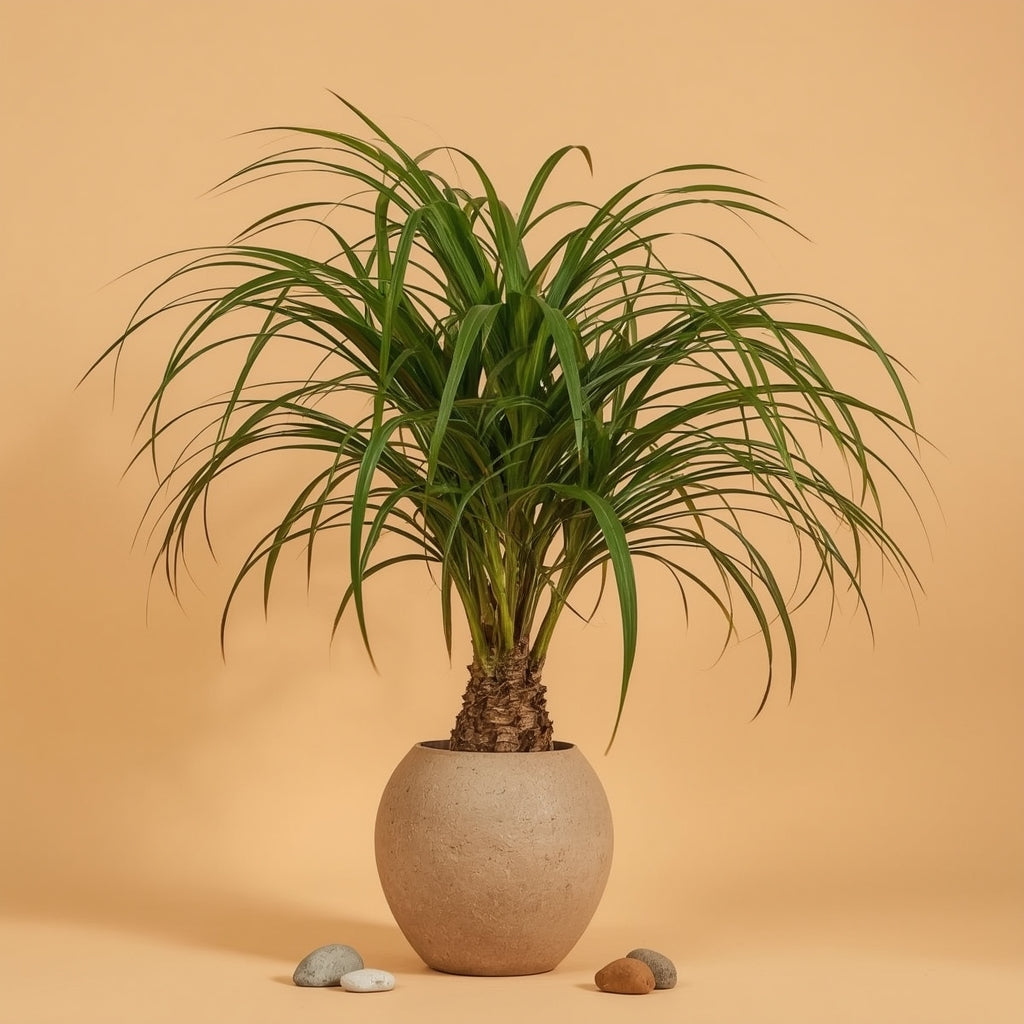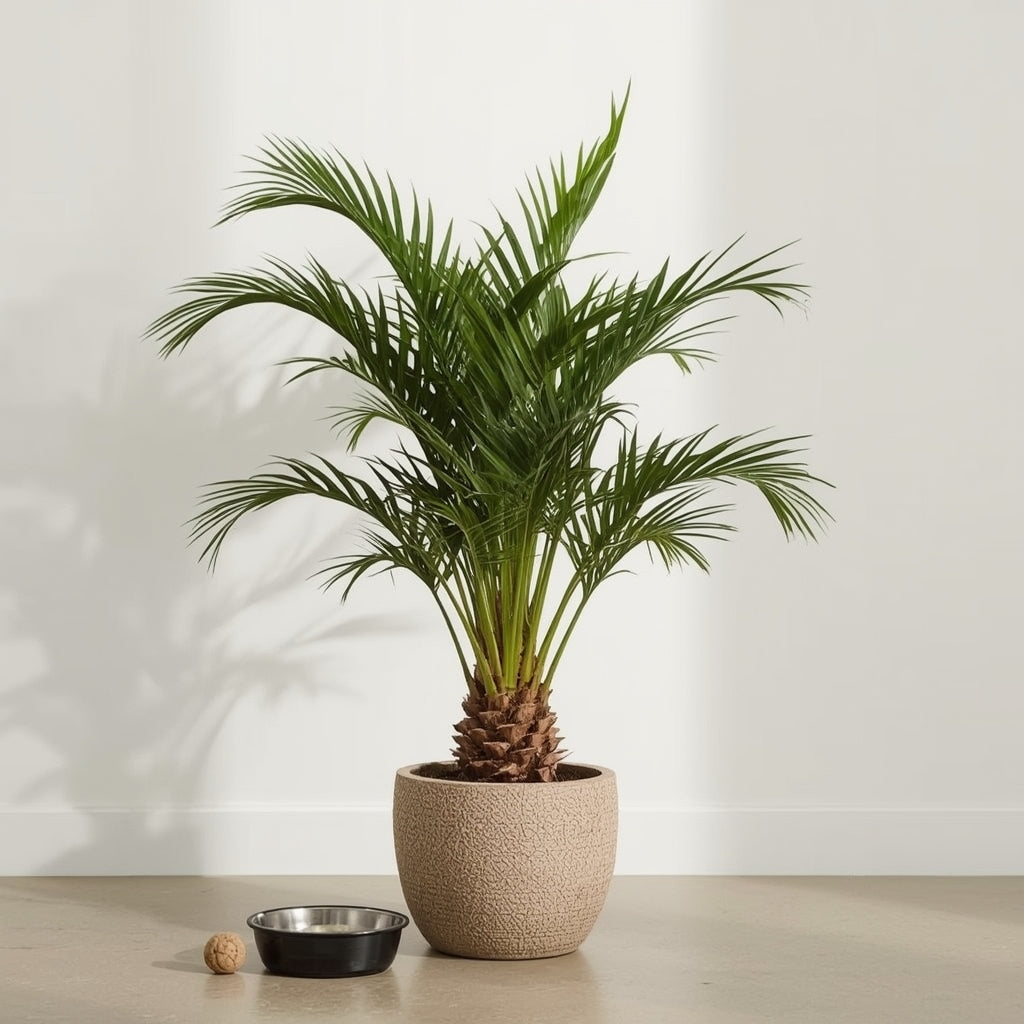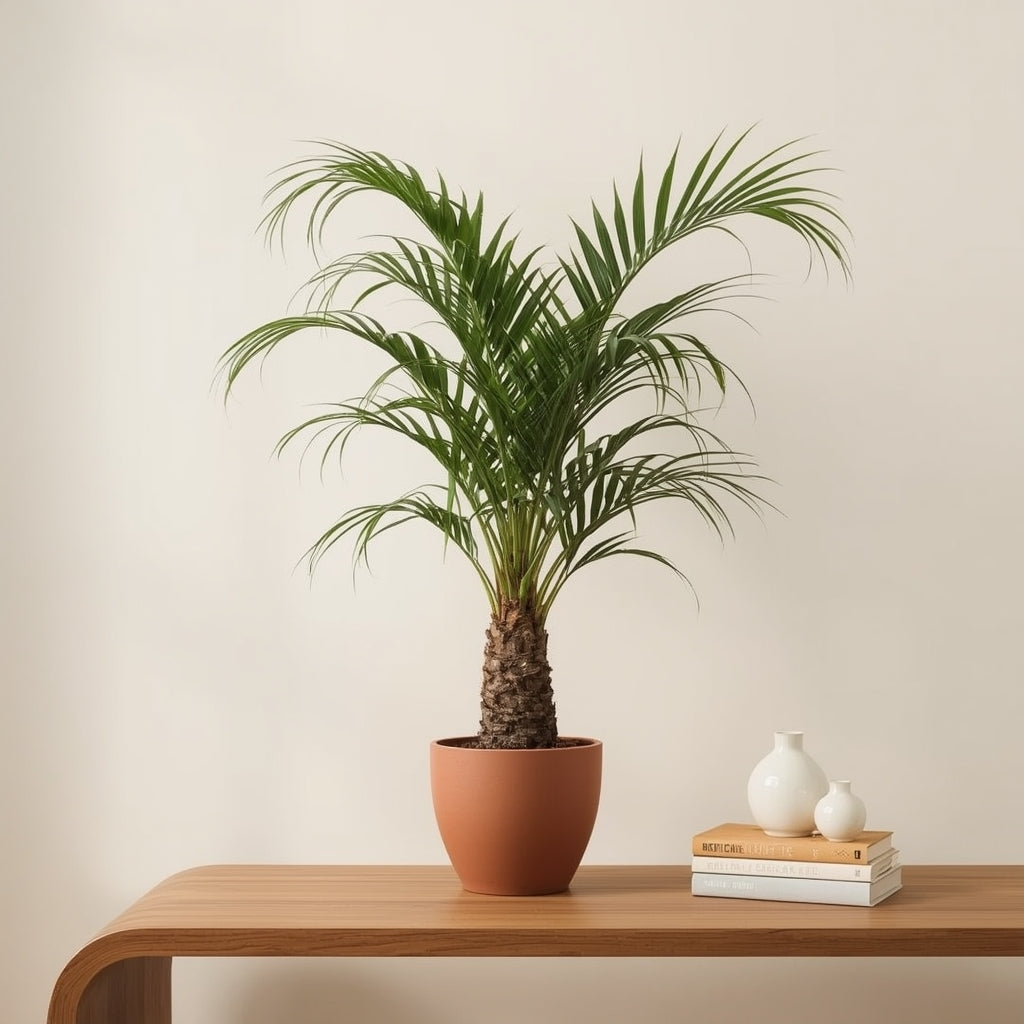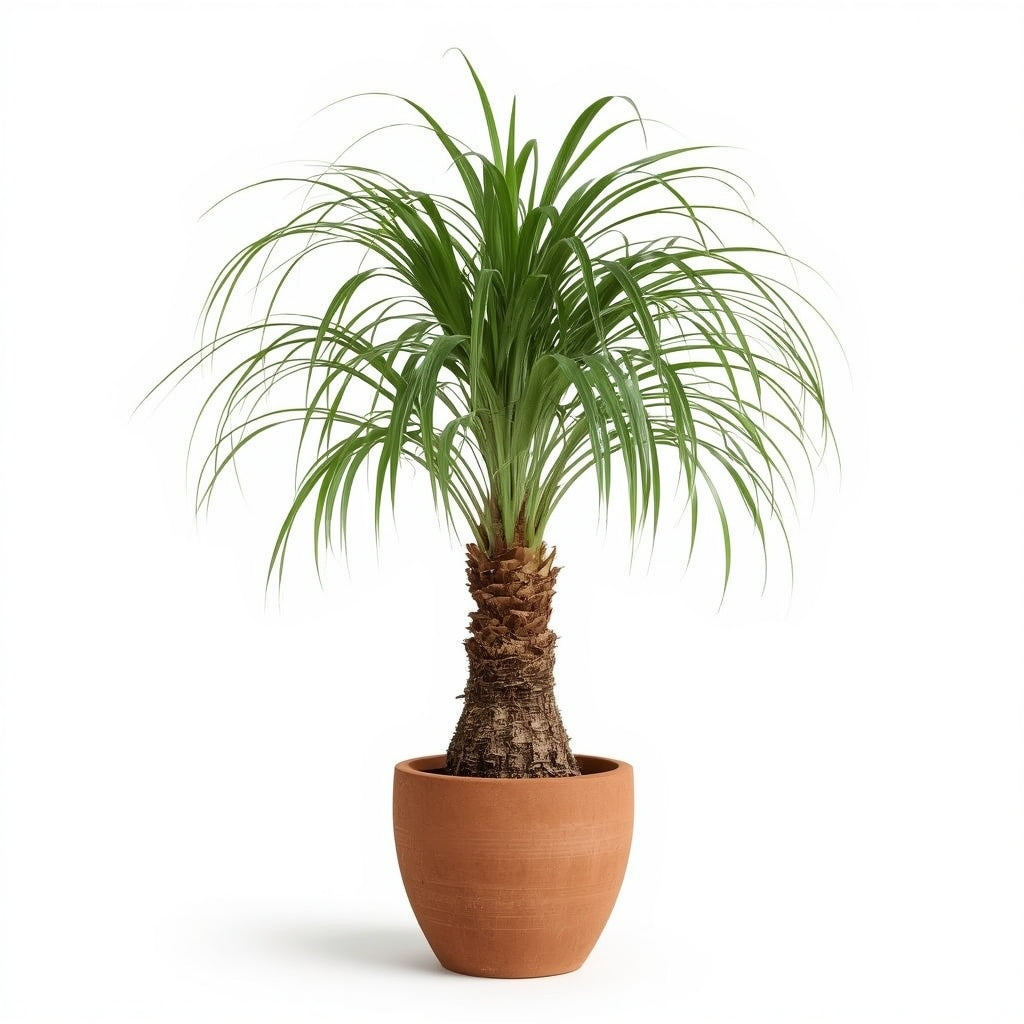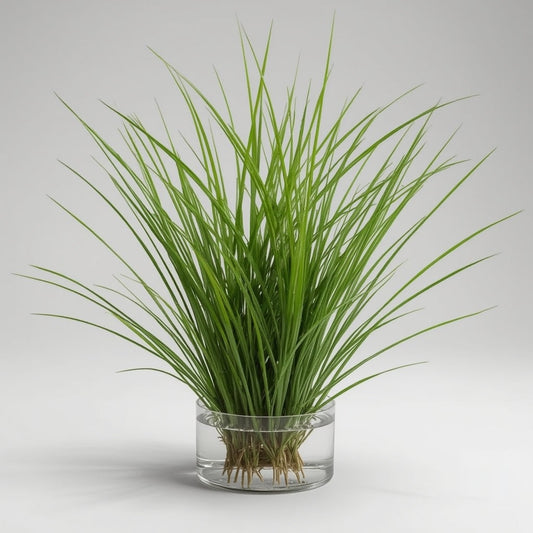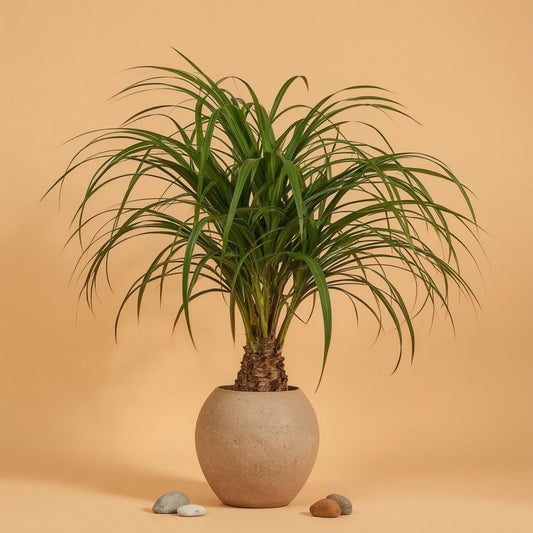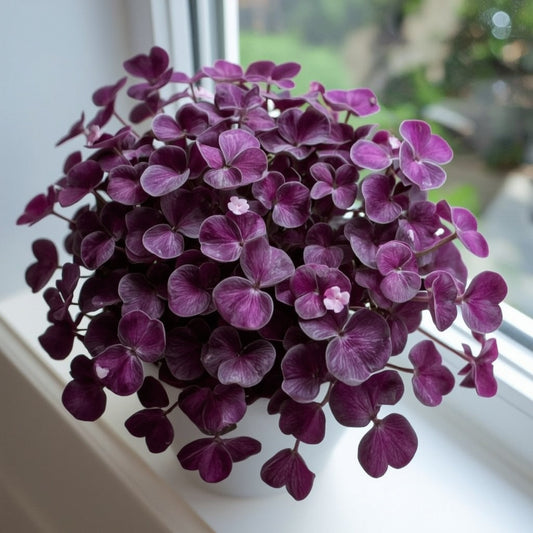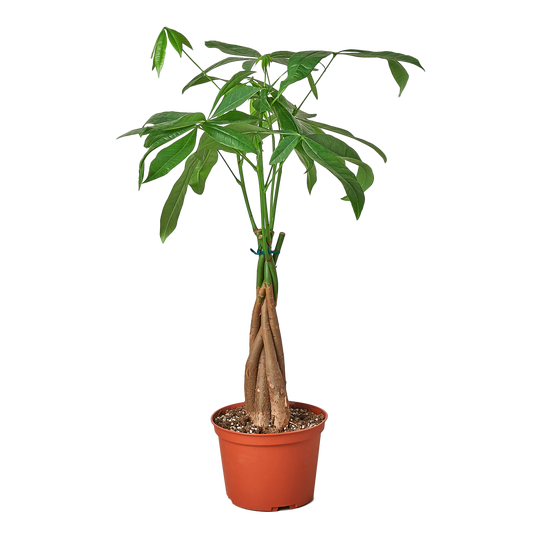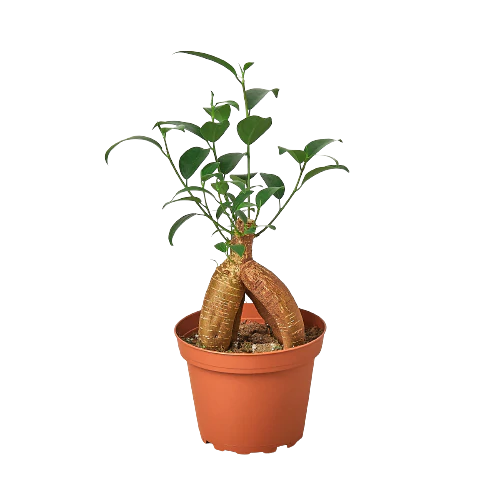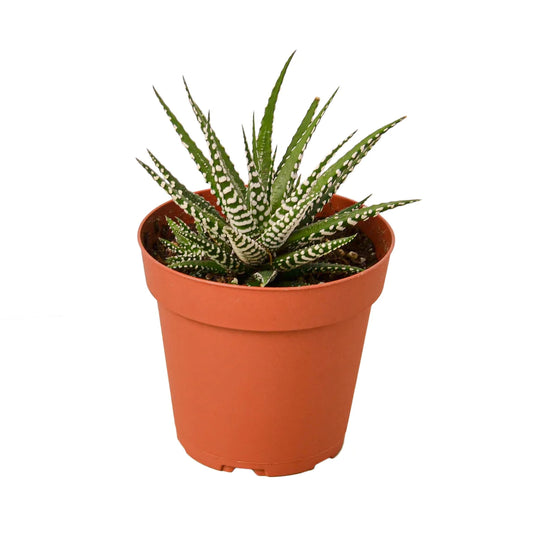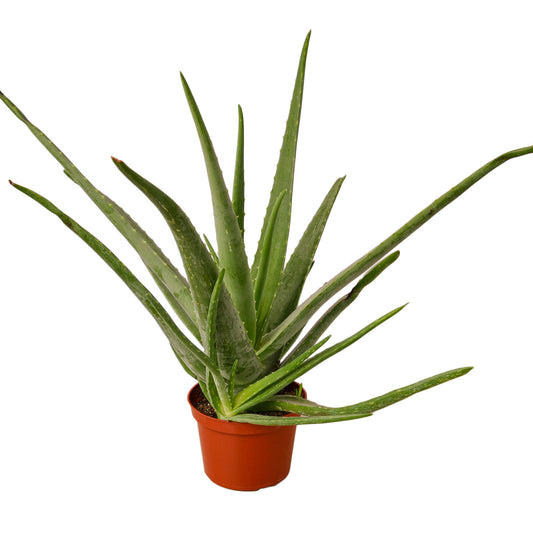Ponytail Palm: Sculptural Trunk with Cascading Leaves
Plant Care Summary
Light
Bright, indirect light; can tolerate some direct sun.
Water
Water deeply but infrequently; allow soil to dry completely between waterings.
Humidity
Low to average humidity; very tolerant of dry indoor air.
Temperature
65–80°F (18–27°C), tolerates temperature fluctuations well.
Fun Facts
Water storage
Thick trunk stores water for months of drought survival.
Not a palm
Actually belongs to the agave family, not palm family.
Slow grower
Takes years to develop the distinctive bulbous trunk.
Long-lived
Can live for several decades with proper care.
Sad Plant Signs
Soft, mushy trunk
Usually indicates overwatering and potential root rot.
Brown leaf tips
Often caused by low humidity or fluoride in water.
Yellowing leaves
Natural aging process or sign of overwatering.
Leaning growth
Needs to be rotated regularly toward light source.

